Ceramic membrane offers unique advantages in many demanding applications due to their high temperature resistance, high pressure resistance and corrosion resistance. It has become one of the fastest growing and most promising varieties in the membrane industry in the petrochemical, food, pharmaceutical, environmental, energy and metallurgical sectors. The high cost and variety of traditional ceramic membrane materials such as alumina, zirconia and titania in industrial applications have limited their further application. Therefore, the development of new, inexpensive ceramic membrane materials is of great significance for the application and promotion of ceramic membrane technology.
1.Silicon carbide
Silicon carbide has the advantages of high strength, high thermal conductivity, corrosion resistance and oxidation resistance. It can maintain good thermal stability and chemical stability under severe conditions, and is inexpensive, and is one of the choices for developing ceramic membrane materials. The preparation methods of SiC ceramic membrane mainly include extrusion molding and casting molding.
The extrusion molding method uses SiC as an aggregate to form a tubular silicon carbide support. The average pore diameter is 2.43 μm, the porosity is 43.4%, the gas flux reaches 788.2 m3/m2.h.bar, and the flexural strength reaches 22.8 MPa.
In the tape casting process, a silicon carbide ceramic membrane having a uniform structure, a smooth surface and a pore diameter ranging from 4.017μm to 11.916 μm was prepared at 1300 ° C.
The advantage of SiC ceramic membrane is that compared with traditional ceramic membrane materials, silicon carbide has lower sintering temperature and high mechanical strength, and has broad application prospects in high temperature and high pressure systems.
2.Mullite
Mullite is the only binary crystalline phase compound in the Al2O3- SiO₂ system, which can be prepared by thermal decomposition of aluminum silicate or high temperature reaction of silica and alumina. Due to its acid and alkali resistance, low coefficient of thermal expansion and high melting point, it has attracted more and more attention.
The surface of the alumina powder was uniformly coated with a layer of aluminum carbonate ultrafine powder by precipitation with aluminum nitrate and ammonium hydrogencarbonate. Sintering at 1550 ° C can obtain a mullite-corundum ceramic membrane support having excellent properties. The average pore diameter is 9.87 μm, the porosity is 40.21%, the pure water flux reaches 22.211 m 3 /m 2 ·h.bar, and the mechanical strength is 3.4 MPa.
The advantage of the mullite ceramic membrane is that the ceramic membrane prepared by mullite has higher porosity and stronger alkali resistance than the conventional ceramic membrane material.
3.Cordierite
The theoretical chemical composition of cordierite is 2MgO-2 Al2O3-5 SiO₂, which belongs to hexagonal crystal and six-membered cyclic silicate crystal. Due to its low thermal expansion coefficient and high decomposition temperature, coupled with the advantages of low production cost and large output, it has attracted more and more attention in the development of ceramic membrane materials.
The cordierite ceramic membrane prepared by extrusion molding is prepared by using cordierite as a raw material, and a cordierite tubular support ceramic membrane with excellent performance is prepared. The average pore diameter is 8.66 μm when the sintering temperature is 1380 ° C. The rate was 36.2%, the nitrogen flux was 1.45×104 m3/m2.h.bar, and the coefficient of thermal expansion was 4.34×10-6.
Compared with alumina ceramic membranes, cordierite ceramic membranes have better resistance to strong alkali corrosion and lower sintering temperatures, which can effectively reduce the production cost.
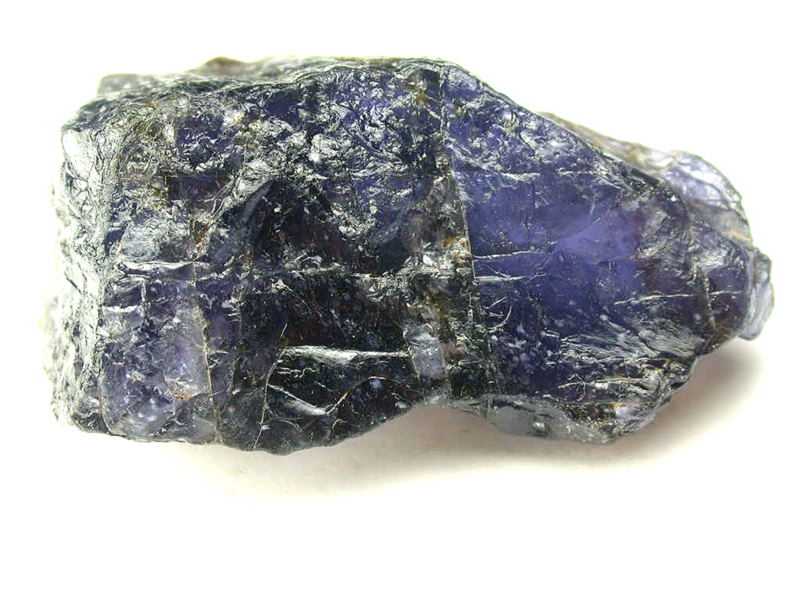
4. Ceramic fiber
Ceramic fiber not only has the inherent high temperature resistance, good chemical stability and long service life of ceramic materials, but also has the advantages of high porosity and high specific surface area of fiber materials. In the process of film making, due to the shape of the fiber itself, the fibers are stacked in disorder, forming a high porosity and the total porosity can exceed 70%. The total porosity of the separation membrane constructed of ceramic fiber is up to 2 times that of the ceramic particle separation membrane, which effectively increases the membrane flux and reduces the permeation resistance.
A two-layer TiO2 film was prepared on the alumina support by the immersion method using titanium dioxide nanofibers as raw materials. By adding a sol to the fiber layer to promote bonding between the fibers, the generation of defective pores is reduced. The pure water flux was 1000 L/m2.h.bar at a sintering temperature of 480 ° C, and the molecular weight cut off was 32,000. The performance of the membrane far exceeds that of traditional ceramic membranes.
5.Graphene
Graphene, also known as "single-layer graphite sheet," refers to a dense layer of carbon atoms encased in a matrix of honeycomb crystals. The carbon atoms are arranged in a two-dimensional structure similar to the monoatomic layer of graphite. Graphene is the only two-dimensional free-state atomic crystal discovered at present. Its theoretical specific surface area is as high as 2600m2/g, and it has outstanding thermal conductivity and mechanical properties, so it has attracted more and more attention.
A graphene-ceramic composite film was prepared on a ceramic support by a drop coating method by siloxane modification. The silicone-modified ceramic support is tightly bonded to the graphene oxide. The membrane surface is intact while the membrane surface is hydrophilic. Selective separation of ethanol/water is achieved by pervaporation.
 Application Of Ceramic Membranes In Wine Industry And Its Application Prospects
01 Feb 2019
Application Of Ceramic Membranes In Wine Industry And Its Application Prospects
01 Feb 2019
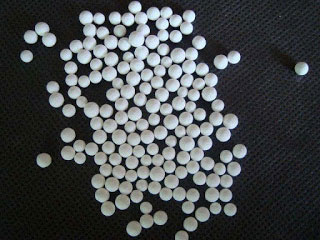 Ceramic Membrane For Traditional Chinese Medicine Production And Plant Extraction
05 Feb 2019
Ceramic Membrane For Traditional Chinese Medicine Production And Plant Extraction
05 Feb 2019
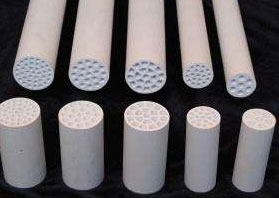 Application Of Ceramic Membrane Equipment In Transformer Oil And Gas Separation
12 Feb 2019
Application Of Ceramic Membrane Equipment In Transformer Oil And Gas Separation
12 Feb 2019
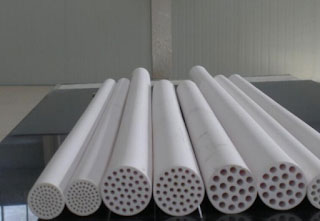 Ceramic Membranes Are Used In The Automotive Field Due To Their Good Performance
27 Jan 2019
Ceramic Membranes Are Used In The Automotive Field Due To Their Good Performance
27 Jan 2019


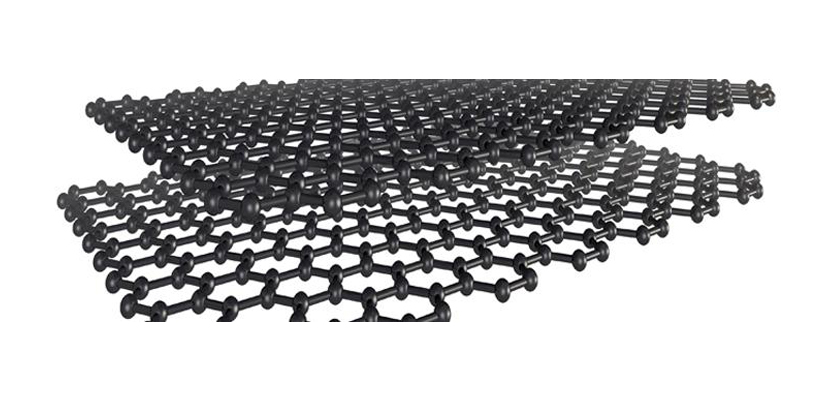
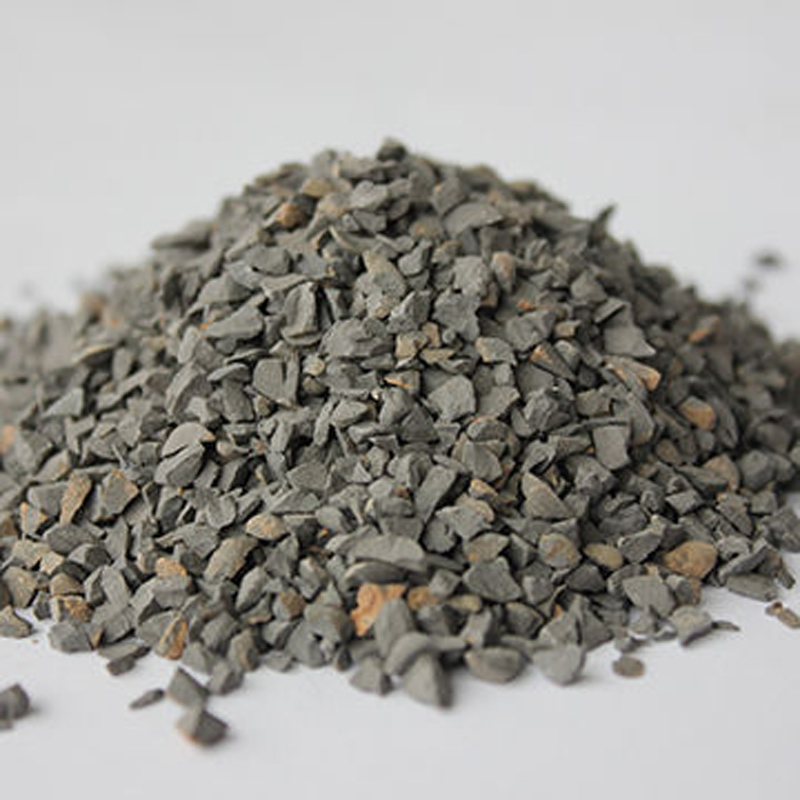


 +86-25-58849045
+86-25-58849045 
 No. 9 Yuansi Road, Pukou, Nanjing, Jiangsu, China 211808
No. 9 Yuansi Road, Pukou, Nanjing, Jiangsu, China 211808